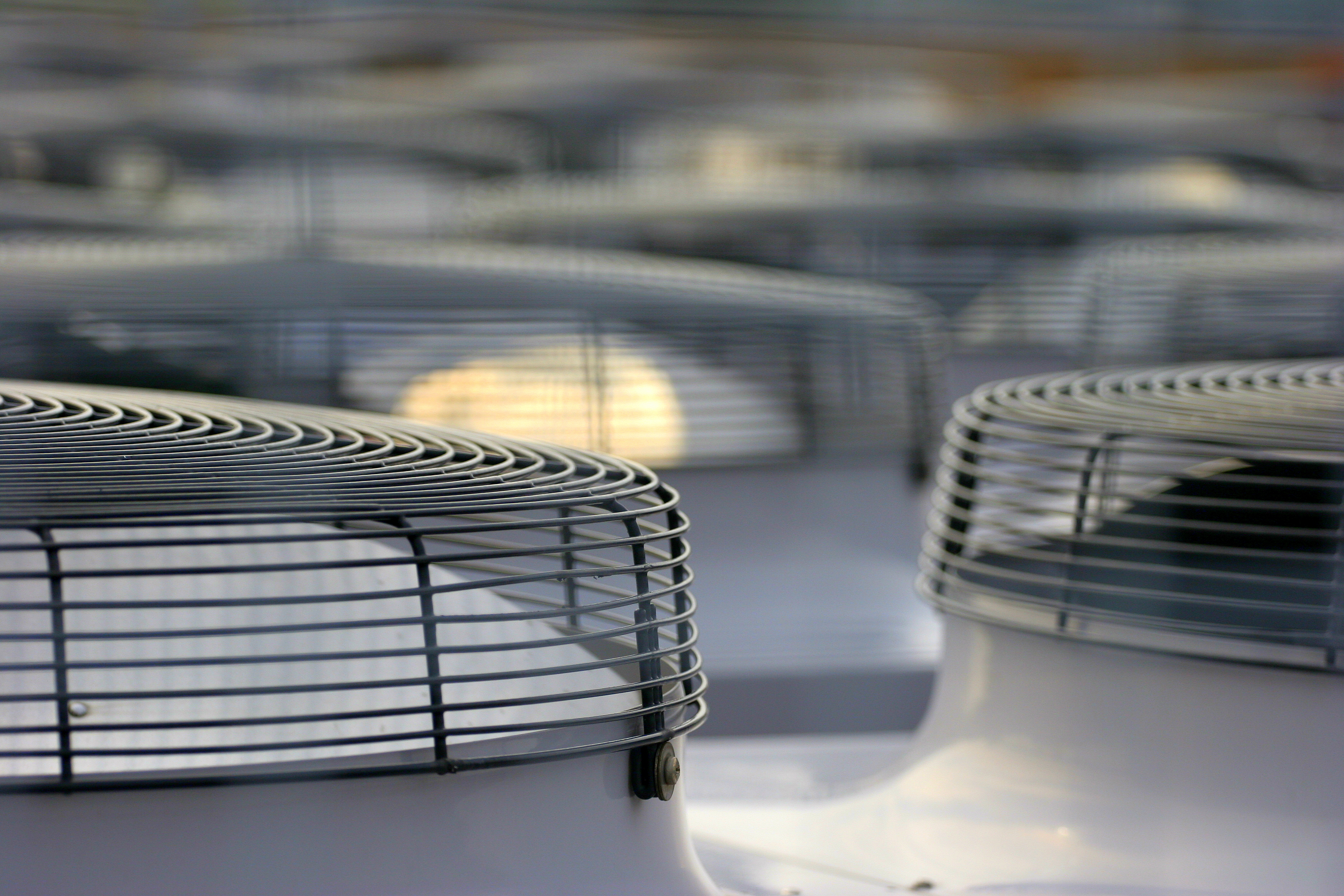5 Low-Cost Ways to Make Sure Your Air Conditioner is in Shape
 Maintaining a comfortable indoor air temperature may make up about half of your utility expense according to the Department of Energy. When your air conditioner is running efficiently, it uses less energy than when it is running inefficiently. Less energy use means less expense for you. If you follow these five low-cost tips for keeping your air conditioning system in shape, you can reduce the amount you spend on energy.
Maintaining a comfortable indoor air temperature may make up about half of your utility expense according to the Department of Energy. When your air conditioner is running efficiently, it uses less energy than when it is running inefficiently. Less energy use means less expense for you. If you follow these five low-cost tips for keeping your air conditioning system in shape, you can reduce the amount you spend on energy.
1. Keep the filters clean.
Cleaning or replacing air conditioner filters is one of the easiest ways to make sure your unit is running efficiently and a critical step in keeping your AC system in shape. During the summer months, there may be more dust and allergens in the air, and if the filter is not clean, these will be circulated inside your home. The system will blow air around the clogged filter sending outside air directly onto the evaporator coil making it difficult for it to absorb heat. Once the filter is clogged, the system needs to work harder to maintain the proper temperature. Some filters need to be discarded and replaced and others are reusable and need to be cleaned. This should be done once a month during the hot season. If you live in a locality where there is a lot of dust, you may need to check your AC filters more often.
2. Keep the areas around the outdoor condenser unit clean.
Cleaning away bushes, flowers, weeds and trees that are close to your AC unit can reduce the amount of debris that gets on the evaporator coil and condenser coil and keep insects and small animals from gathering nearby. If possible, it is a good idea to keep the unit in the shade or protect it from sunlight with an awning or cover. Dryer vents, lawn mowers and falling leaves are all sources of dust and debris.
3. Keep the thermostat set at the right temperature.
Generally, it is consider best to set your thermostat about eight degrees Celsius below the outdoor temperature during the summer. You should avoid setting the temperature too low during summer just as you do not set it too high during the winter, according to 123 Electric Service. Lamps and any other heating appliance should not be kept near the thermostat because it will make the thermostat read the room temperature warmer than it actually is and make the unit overwork. Other things that may heat up your home are your dryer and oven. You should avoid using these during the hottest hours of the day. They will make your AC work harder and you will have two energy-consuming systems competing with each other. A programmable thermostat is a good investment because you can set the temperature for different times of the day. For example, it can be higher when no one is home and automatically go lower when you get home.
4. Keep windows covered.
The windows that receive direct sunlight in the morning or evening should be covered with heavy blinds, drapes or curtains. On some windows, it may be better to install window film. The sunlight heats the glass, which will heat the indoor air. It is also important to weatherize your windows. This helps in summer and winter because it keeps the cool or warm air where it belongs and not trying to cool the whole neighborhood. You can seal the leaks around the windows with caulking and weather-stripping.
5. Keep the ducts insulated.
Any ducts that run through areas of your home such as the attic or basement that are not air-conditioned should be insulated. This will stop the ducts from losing coolness to the outside air. Leaks should also be stopped. Even a pinpoint hole can leak a lot of cool air over a 24-hour period that will add up over the summer. You can fix leaks with UL 181-rated duct tape.
The last thing you want is for your air conditioning unit to break down on the first hot day in spring. You can avoid this and lower your energy costs at the same time by making sure your AC system is in good shape throughout the year. This will make your system last longer while improving your indoor air quality.
















